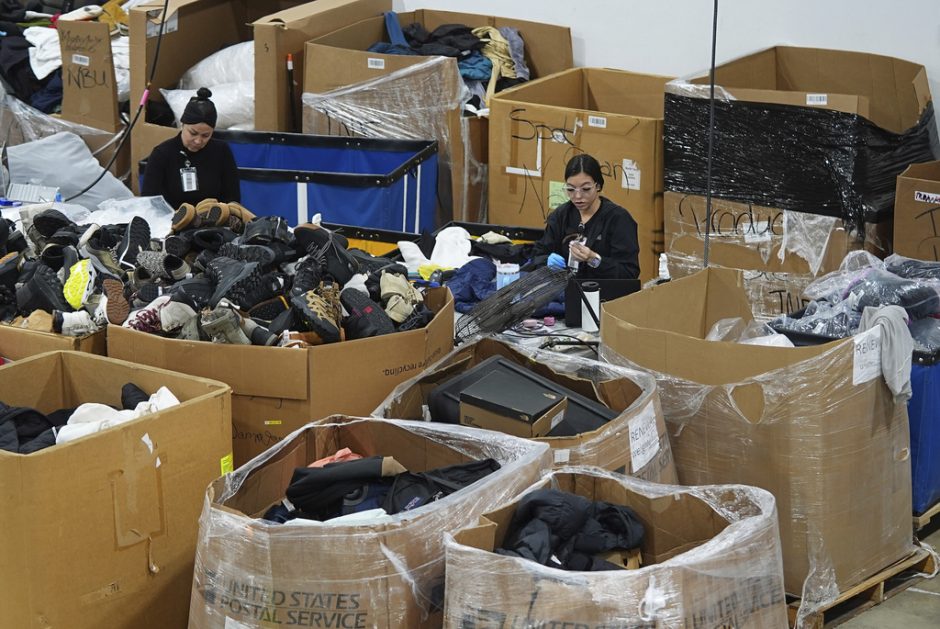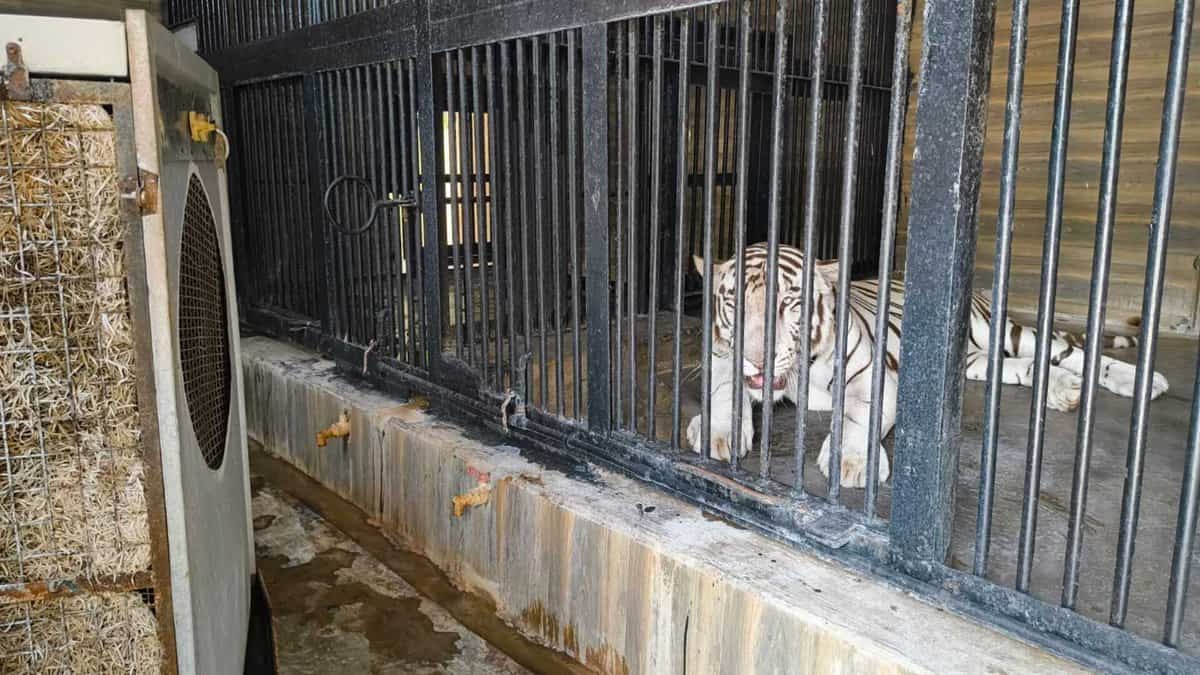The cryptocurrency market is known for its extreme volatility, where prices can rise or fall dramatically within minutes. One of the most alarming phenomena in crypto trading is a flash crash—a sudden, sharp drop in the price of a digital asset that occurs within seconds or minutes before quickly rebounding.
Flash crashes can result in liquidations, panic selling, and market manipulation, causing traders to suffer significant losses or, in rare cases, seize unexpected buying opportunities. These events are often triggered by liquidity shortages, algorithmic trading malfunctions, large sell orders, or leveraged liquidations.
In this article, we will explore what flash crashes are, their causes, historical examples, their impact on traders, and strategies to mitigate risks.
What Is a Flash Crash?
A flash crash refers to a rapid and deep decline in the price of an asset, followed by a similarly fast recovery. Unlike regular price fluctuations, flash crashes are sudden, unexpected, and often last only a few minutes.
Key Characteristics of a Flash Crash
- Sudden price drop – A significant drop in an asset’s price within seconds or minutes.
- Rapid recovery – Prices usually bounce back quickly, although some assets may stay at lower levels.
- High volatility and liquidations – Many traders, especially those using leverage, get liquidated.
- Triggered by liquidity imbalances – A lack of buyers can amplify the downward movement.
Example:
A Bitcoin flash crash might see the price drop from $30,000 to $25,000 in seconds, wiping out leveraged traders before rebounding.
Major Causes of Flash Crashes in Crypto Markets
1. Liquidity Shortages
Flash crashes often occur when order books lack liquidity, meaning there aren’t enough buy orders to absorb large sell-offs.
If a whale (large holder) sells a significant amount of crypto at once, it can trigger a sharp decline.
Example:
In December 2021, Ethereum’s price dropped from $4,200 to $3,600 in minutes on Binance due to low liquidity and heavy sell orders.
2. Algorithmic and High-Frequency Trading (HFT)
- Automated trading bots can exacerbate flash crashes by executing large-scale sell orders.
- Stop-loss orders triggered by bots can cause a domino effect, driving prices down further.
Example:
A bot mistakenly placed a large sell order on Kraken, causing ETH to plummet 50% in seconds before recovering.
3. Overleveraged Positions and Liquidations
- Many traders use margin and futures trading, meaning their positions can be automatically liquidated if prices drop too much.
- When liquidation cascades occur, a flash crash can wipe out billions in minutes.
Example:
In May 2021, a massive liquidation of leveraged Bitcoin positions contributed to a $8 billion wipeout, causing BTC to drop from $42,000 to $30,000 in hours.
4. Exchange Glitches and System Failures
- Sometimes, exchange failures, API bugs, or order book errors trigger flash crashes.
- If an exchange’s servers lag during high volatility, prices can drop sharply due to delayed order execution.
Example:
In October 2021, Binance US experienced a glitch that temporarily crashed Bitcoin’s price to $8,000 from $65,000 for a few seconds.
Impact of Flash Crashes on Crypto Trading
1. Mass Liquidations
- Traders using high leverage suffer the biggest losses as their positions are forcibly closed.
- Exchanges often see billions in liquidations during these events.
2. Panic Selling and Market Fear
- Retail investors panic sell, fearing a prolonged downtrend.
- Market sentiment turns bearish, increasing volatility.
3. Buying Opportunities for Smart Traders
- Traders with limit buy orders can purchase assets at discount prices.
- Flash crashes offer an opportunity to buy low and profit from the rebound.
Strategies to Protect Yourself from Flash Crashes
1. Avoid Overleveraging
- Using high leverage increases the risk of liquidation during flash crashes.
- Keep leverage low (below 5x) to minimize liquidation risks.
2. Use Stop-Loss and Limit Orders
- Setting a stop-loss order prevents major losses if a crash occurs.
- Using limit orders instead of market orders ensures you buy/sell at expected prices.
3. Monitor Exchange Liquidity
- Trade on high-liquidity exchanges like Binance, Kraken, or Coinbase.
- Avoid trading assets with low volume and thin order books.
4. Keep Cash Reserves for Buying Opportunities
- Keep some stablecoins like USDT or USDC available to buy during flash crashes.
- Setting low-limit buy orders allows traders to capitalize on extreme dips.
Pros and Cons of Flash Crashes
Pros
✔ Allows traders to buy assets at discount prices.
✔ Eliminates weak hands and stabilizes the market.
✔ Creates opportunities for arbitrage and scalping.
Cons
❌ Causes massive liquidations and trader losses.
❌ Reduces trust in exchanges and trading algorithms.
❌ Increases market volatility and unpredictability.
FAQ: Flash Crashes in Crypto Markets
1. What causes flash crashes in crypto markets?
Flash crashes are caused by low liquidity, algorithmic trading, large sell orders, leveraged liquidations, and exchange glitches.
2. Can flash crashes be predicted?
They are difficult to predict, but watching liquidity levels, leverage ratios, and unusual trading activity can provide early warning signs.
3. How can traders avoid losses in flash crashes?
- Use stop-loss orders to limit downside risk.
- Avoid high leverage to prevent liquidation.
- Keep stablecoins ready to buy dips.
4. Are flash crashes manipulated events?
Some flash crashes may result from market manipulation by whales or algorithmic traders, but others occur naturally due to liquidity shortages.
5. What is the biggest crypto flash crash in history?
One of the worst crashes happened in May 2021, where Bitcoin fell from $42,000 to $30,000, liquidating over $8 billion in positions.
6. Do flash crashes happen in traditional markets?
Yes, stock markets have experienced flash crashes, such as the 2010 Dow Jones Flash Crash, where the index lost 1,000 points in minutes.
7. How can I profit from a flash crash?
- Place low-limit buy orders in advance.
- Monitor high-liquidity assets for quick rebounds.
- Use stop-loss orders to protect profits.
8. Where can I learn more about trading strategies for flash crashes?
Platforms like Immediate Hiprex provide insights into trading strategies for handling market volatility.
Conclusion
Flash crashes are an unavoidable part of crypto market volatility, often triggered by liquidity shortages, algorithmic trading malfunctions, leverage liquidations, or exchange errors. While these events can cause massive losses, they also present unique trading opportunities for well-prepared investors.
By limiting leverage, setting stop-loss orders, monitoring liquidity, and keeping stablecoins for buying dips, traders can protect themselves and even profit from flash crashes.
For traders looking for real-time trading insights and risk management strategies, Immediate Hiprex offers valuable tools to navigate volatile crypto markets effectively.

















































